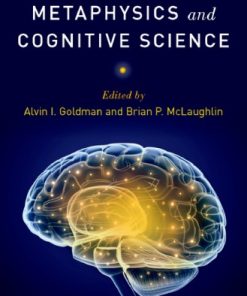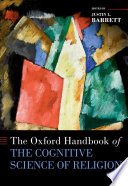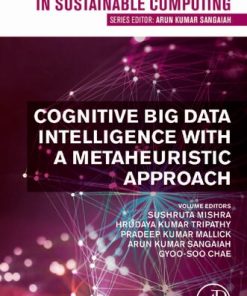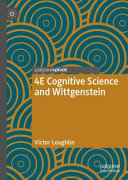Representation in Cognitive Science 1st edition by Nicholas Shea 0192542205 9780192542205
$50.00 Original price was: $50.00.$25.00Current price is: $25.00.
Representation in Cognitive Science 1st edition by Nicholas Shea – Ebook PDF Instant Download/DeliveryISBN: 0192542205, 9780192542205
Full download Representation in Cognitive Science 1st edition after payment.
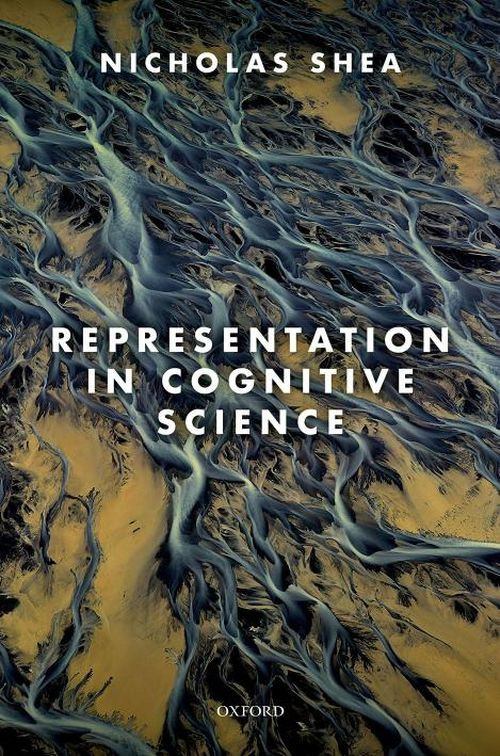
Product details:
ISBN-10 : 0192542205
ISBN-13 : 9780192542205
Author: Nicholas Shea
Our thoughts are meaningful. We think about things in the outside world; how can that be so? This is one of the deepest questions in contemporary philosophy. Ever since the ‘cognitive revolution’, states with meaning-mental representations have been the key explanatory construct of the cognitive sciences. But there is still no widely accepted theory of how mental representations get their meaning. Powerful new methods in cognitive neuroscience can now reveal information processing in unprecedented detail. They show how the brain performs complicated calculations on neural representations. Drawing on this cutting-edge research, Nicholas Shea uses a series of case studies from the cognitive sciences to develop a naturalistic account of the nature of mental representation. His approach is distinctive in focusing firmly on the ‘subpersonal’ representations that pervade so much of cognitive science. The diversity and depth of the case studies, illustrated by numerous figures, make this book quite unlike any previous treatment. It is important reading for philosophers of psychology and philosophers of mind, and of considerable interest to researchers throughout the cognitive sciences.
Representation in Cognitive Science 1st Table of contents:
Part I
1. Introduction
1.1 A Foundational Question
1.2 Homing In on the Problem
1.3 Existing Approaches
1.4 Teleosemantics
1.5 Challenges to Teleosemantics
2. Framework
2.1 Setting Aside Some Harder Cases
2.2 What Should Constrain Our Theorizing?
2.3 Externalist Explanandum, Externalist Explanans
2.4 Representation Without a Homunculus
2.5 What Vehicle Realism Buys
2.6 Pluralism: Varitel Semantics
Part II
3. Functions for Representation
3.1 Introduction
3.2 A Natural Cluster Underpins a Proprietary Explanatory Role
3.3 Robust Outcome Functions
3.4 Stabilized Functions: Three Types
3.5 Task Functions
3.6 How Task Functions Get Explanatory Purchase
3.7 Rival Accounts
3.8 Conclusion
4. Correlational Information
4.1 Introduction
4.2 Unmediated Explanatory Information
4.3 Feedforward Hierarchical Processing
4.4 Taxonomy of Cases
4.5 One Vehicle for Two Purposes
4.6 Representations Processed Differently in Different Contexts
4.7 One Representation Processed via Two Routes
4.8 Feedback and Cycles
4.9 Conclusion
5. Structural Correspondence
5.1 Introduction
5.2 The Cognitive Map in the Rat Hippocampus
5.3 Preliminary Definitions
5.4 Content-Constituting Structural Correspondence
5.5 Unexploited Structural Correspondence
5.6 Two More Cases of UE Structural Correspondence
5.7 Some Further Issues
5.8 Conclusion
Part III
6. Standard Objections
6.1 Introduction
6.2 Indeterminacy
6.3 Compositionality and Non-Conceptual Representation
6.4 Objection to Relying on (Historical) Functions
6.5 Norms of Representation and of Function
6.6 Conclusion
7. Descriptive and Directive Representation
7.1 Introduction
7.2 An Account of the Distinction
7.3 Application to Case Studies
7.4 Comparison to Existing Accounts
7.5 Further Sophistication
7.6 Conclusion
8. How Content Explains
8.1 Introduction
8.2 How Content Explains
8.3 Causal Efficacy of Semantic Properties
8.4 Why Require Exploitable Relations?
8.5 Ambit of Varitel Semantics
8.6 Development and Content
8.7 Miscellaneous Qualifications
8.8 How to Find Out What Is Represented
8.9 Differences at the Personal Level
Paragraph-by-Paragraph Summary
People also search for Representation in Cognitive Science 1st:
representation and understanding studies in cognitive science
cognitive representation meaning
topics in cognitive science
what is mental representation in cognitive psychology
what is computational cognitive science
Tags: Representation, Cognitive Science, Nicholas Shea, information processing
You may also like…
Politics & Philosophy - General & Miscellaneous Philosophy
Metaphysics and Cognitive Science Illustrated Edition Alvin I Goldman
Uncategorized
Cybersecurity and Cognitive Science 1st Edition by Ahmed Moustafa 0323906966 9780323906968
Computers - Programming
Business & Economics - Human Resources
Politics & Philosophy - General & Miscellaneous Philosophy
The Oxford Handbook of the Cognitive Science of Religion 1st Edition
Politics & Philosophy
Fiction - Literary Fiction
Science (General) - Research & Development
4E Cognitive Science and Wittgenstein 1st Edition Victor Loughlin




